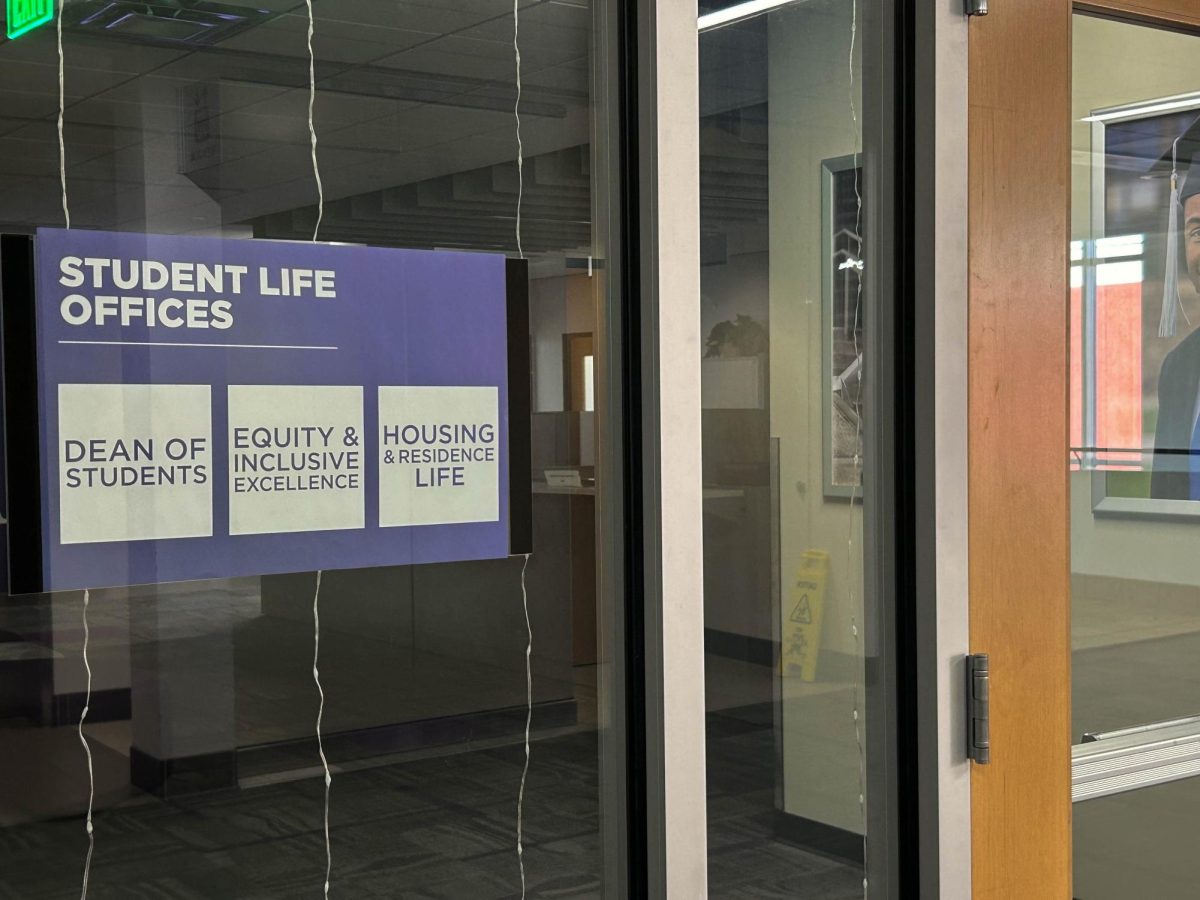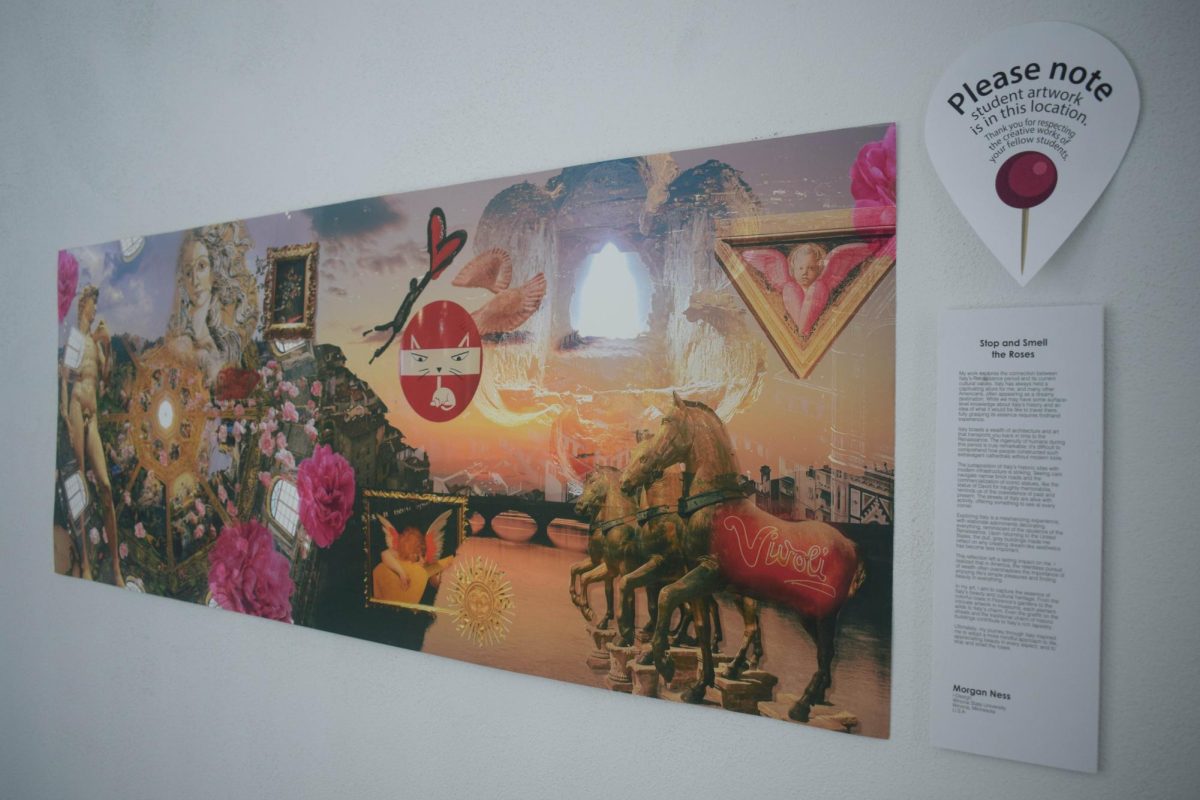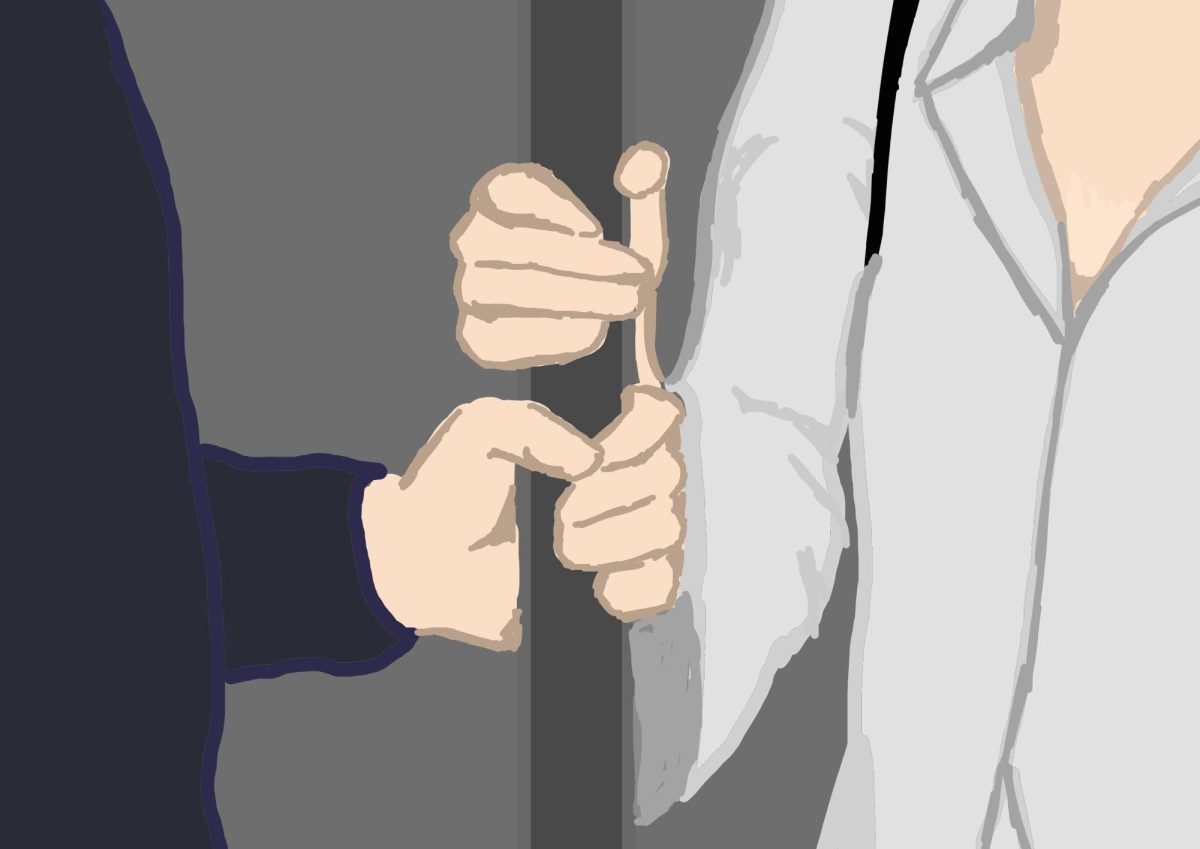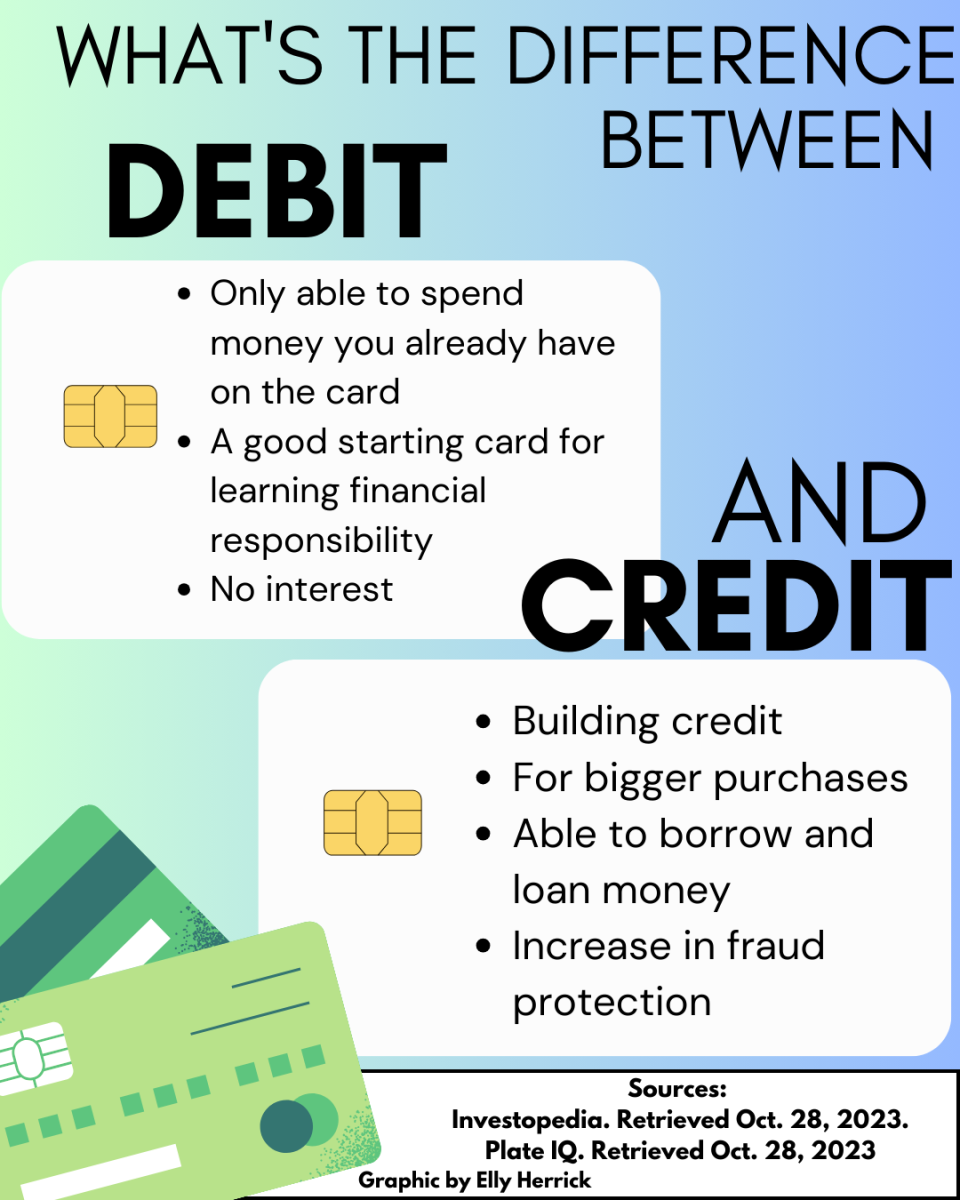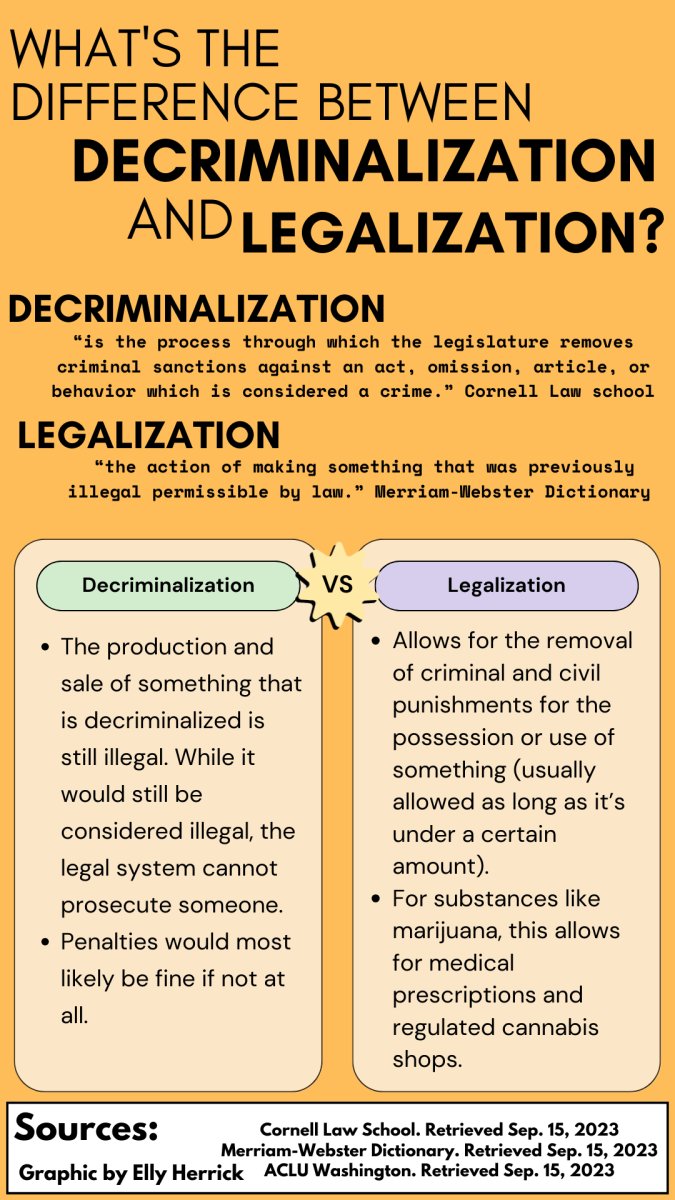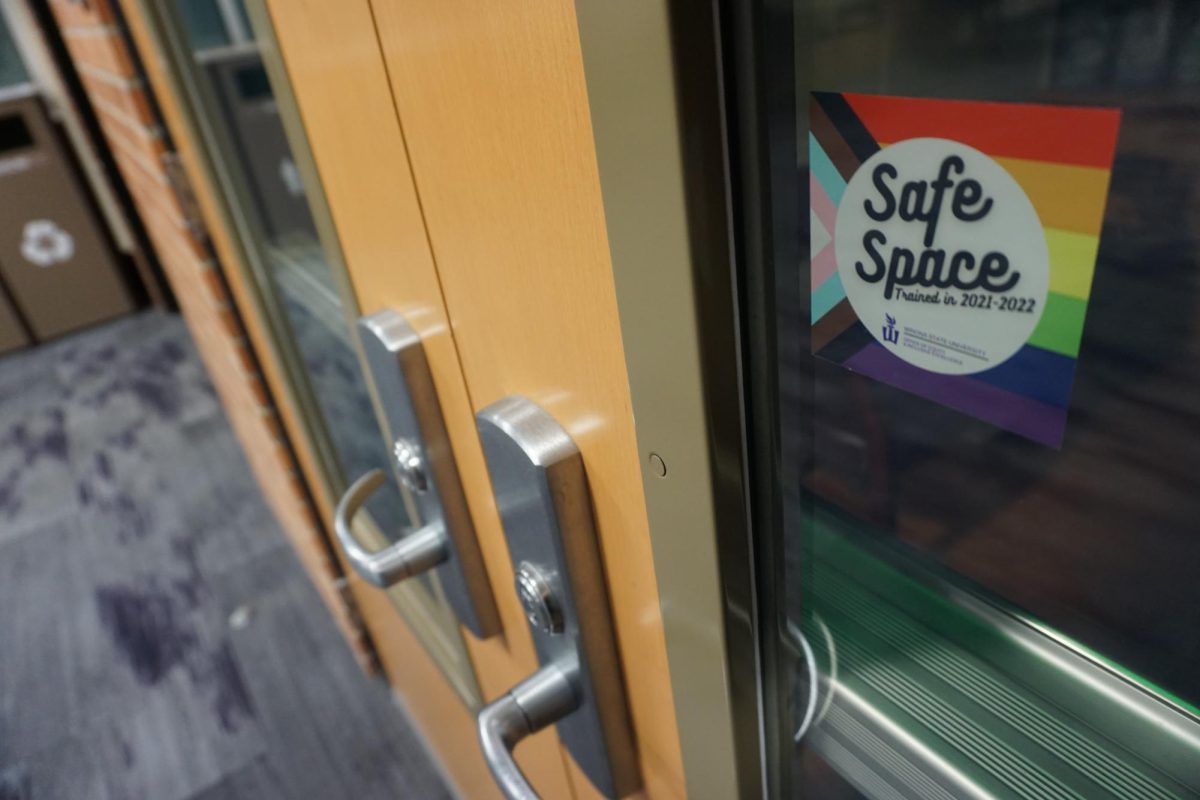Samantha Schwanke/Winonan
Sarah Hallberg, a counselor at Winona State University’s health and wellness services, presented “What is Your Color?” on Monday, Feb. 11.
The color system, similar to the Myers-Briggs personality test, helps people better understand themselves and others communication styles.
Hallberg started by handing out a sheet that described the four colors: blue, green, orange and gold, and a description of their dominant personalities. The idea was to look through each category and mark which descriptions a person identifies with most.
“Blues are self-sacrificing,” said Hallberg, “they’re all about building relationships and avoid confrontation.”
From the handout Hallberg provided, this was very accurate. Blues are described as the caretaker types and strive for human connections and relationships.
Greens, on the other hand, are more intellectual.
“Greens are problem solvers and are always asking the ‘why’ questions. They like to stay inside their own heads,” said Hallberg.
Greens are much less emotional than blues. They usually avoid overly emotional situations and don’t always connect with social situations around them.
Another group different from the others is the oranges.
“They’re straight forward and want their freedom; they don’t want to be confined by rules,” said Hallberg.
Oranges are always up for a challenge. They achieve this by becoming the center of attention, negotiating rules with people and pushing boundaries.
And last, but not least, are the golds.
“People who are gold are responsible. They love structure, such as lists, and are usually stubbornly against change,” says Hallberg.
Golds are very detail-oriented and organized. They find comfort in structure and tradition. They like things to go according to plan; to be on time and orderly.
Hallberg then went into a very interesting communication exercise where the color groups got together.
“Look up at the ceiling,” began Hallberg, “What would you do if this light bulb fell and crashed to the floor right now?”
Each group had a unique answer that really showed their true colors.
The blues answered, “Is everyone OK?”
Oranges, “Not our problem; we’d move on to the next thing.”
Green, “Why did it fall?”
Gold, “Get it cleaned up by organizing people into tasks.”
This simple question showed how each color reacted to a situation. It also showed how each group communicates.
“Blues are people who want to build relationships,” said Hallberg. For blues, it’s important to acknowledge their feelings and give them plenty of time to talk things through.
Greens want a logical plan and want time to think things through. They like to share their knowledge and enjoy debates.
Orange people enjoy being the center of attention so ask them to share stories. They also like things to be straight to the point because they are blunt people.
Golds need a specific plan. They like outlines and structured rules that they can follow easily. They don’t like surprises or change.
Each color is very diverse and different, and yet a person can be more than one color depending on their mood.
The four colors each have a different personality and communication style, which is useful to learn. Learning these can help people be successful in the work place, school and other areas of life, where they will be working with a variety of people.
Contact Samantha at [email protected]





